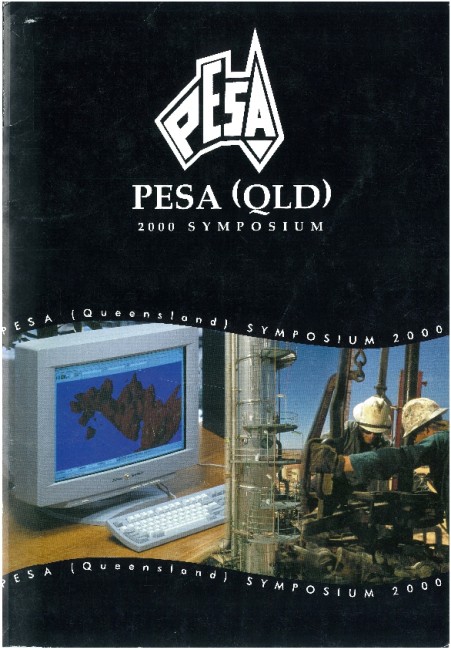Publication Name: PESA (QLD) Petroleum Symposium 2000
Authors: R.L. Johnson, Jr., Christopher W. Hopkins, Michel Claverie and Michael Sarich
Date Published: December 2000
Number of Pages: 20
Reference Type: Magazine Article
Abstract:
Low-permeability sandstone gas reservoirs, known as tight gas sands, represent a huge potential resource forfuture natural gas supply in Australia and around the world. Because low individual well-production rates
are often the norm, tight gas sand developments may involve the drilling of hundreds of wells to make the
economics attractive. Thus, careful planning, sound development strategies and cost control are critical for
project success.
Virtually all, tight gas sands, must be stimulated to be economic; stimulation costs are often the most significant
amount of the total well expenditure. Thus, a cost-effective method for reservoir characterisation and fracture treatment optimisation is required. Because of marginal economics, techniques used to analyse the process and results are often oversimplified; this can lead to confusing or inadequate descriptions of the complex behaviour of a hydraulically fractured, low-permeability reservoir and in some cases bad development decisions. Detailed data collection programs and fracture treatment optimisation strategies are essential to adequately address the technical issues involved in tight gas sand developments.
Besides the technical challenges, good planning is necessary to ensure success in executing a tight gas sand
project. The development scenarios for this resource are highly statistical and succeed or fail based on the average performance of the group of wells within the project. Following field-proven guidelines and methods
during development while integrating key technologies into the planning, evaluation, and optimisation process are essential for success in tight gas resources.


